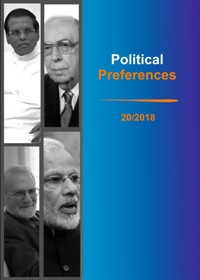

In short-term, the activities of local government units are significantly different from those of enterprises. The short-term goal of the activity of a local government unit is to meet collective needs of its residents, and the short-term goal of commercial enterprises is to maximize profits. However, in long-term, in the case of local government units and commercial enterprises, both goals are similar – an increase in the value of the territorial self-government / commercial enterprise assets). In both cases, the financial analysis tools can be considered as helpful in the decision-making process as well as the assessment of the broadly understood effectiveness. Therefore, based on the models developed for enterprises in the field of financial analysis, it is worth making an attempt to assess the financial effectiveness of local government units. The aim of the article was to show, on the example with specific indicators and their interpretation, that the financial analysis of local government units provides a lot of useful information both to the manager of the unit and entities cooperating with a given local government unit. The article stresses the legitimacy of financial analysis in local government units and presents the basic tools for such.
Key words:
local government units, cities with poviat rights, Zamość, public finance, financial analysis, evaluation of the unit's activity, efficiency of operations
Download files
Citation rules

No. 20 (2018)
Published: 2018-10-05
 10.31261/polpre
10.31261/polpre